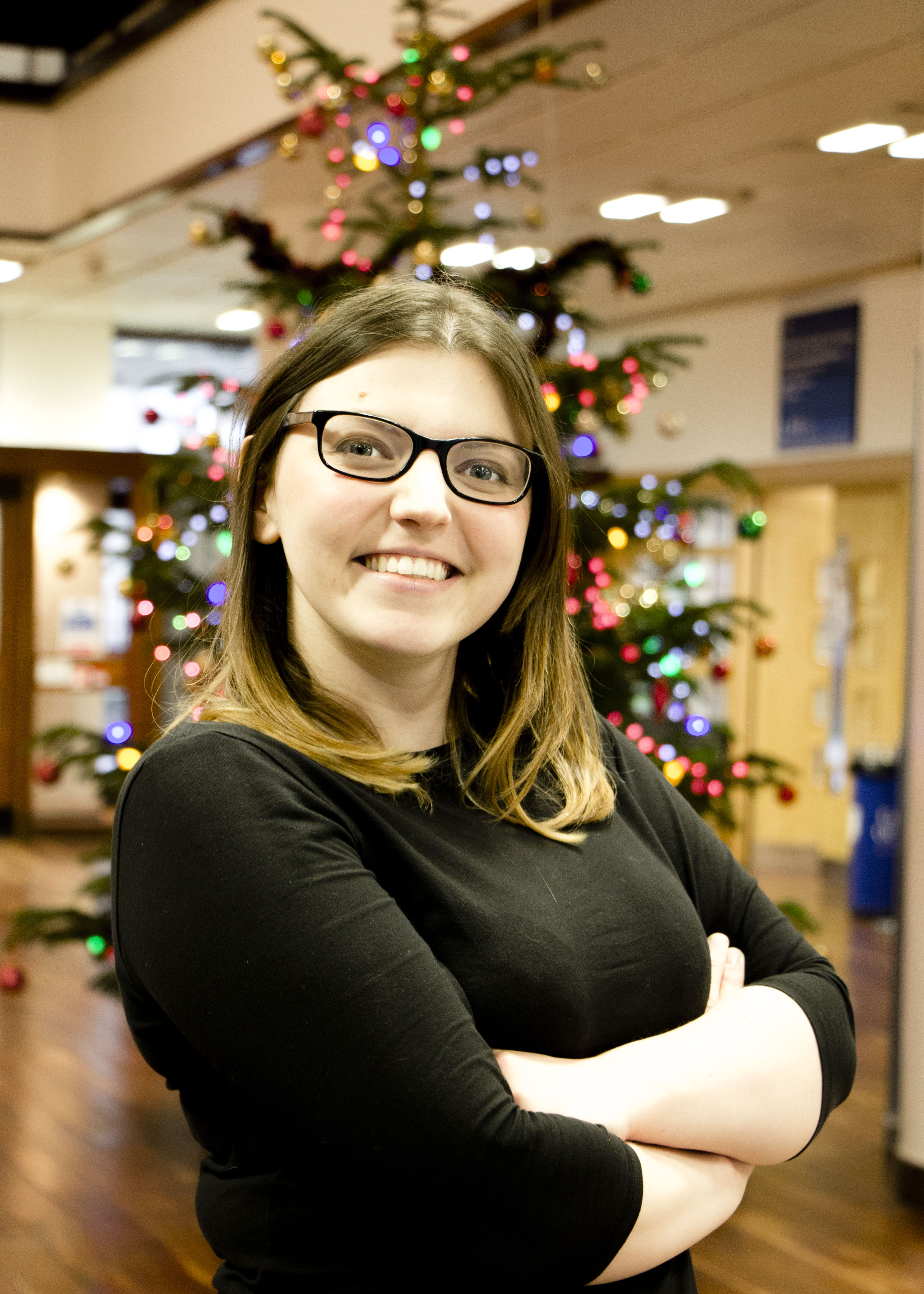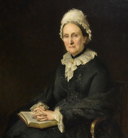
-
Celebrations begin to commemorate 50 years of the University of Dundee
2017 -
The University of Dundee becomes a fully independent institution under the terms of the Royal Charter.
1967 -
Ordinances issued in 1897 made University College form part of St Andrews. and establish a Faculty of Medicine.
1897 -
The Deed formally creating University College Dundee was signed by founders Miss Mary Ann Baxter and her cousin Dr John Boyd Baxter.
1881
Women workers
-
date
Fri, 01 Sep 2017
-
Running Time
00:05:23
Dundee has long been known as a socially conscious city with a keen interest in politics, and there have always been strong voices in the community with an ongoing awareness of workers' rights.
Episode Transcript
I'm Cara Longmuir and welcome to the University of Dundee and our weekly look at the moments in history – both of the institution and the city – that have created the vibrant, dynamic place that we’re now part of. As we celebrate the 50th anniversary of the University becoming independent, we examine the people, discoveries and decisions that have brought us to 2017 as Scotland's University of the Year and one of the world's Top 200 universities, delivering teaching and research that is helping to transform lives across society. In the years to come we have ambitions to be the top University in Scotland in everything we do.
Dundee has long been known as a socially conscious city with a keen interest in politics, and there have always been strong voices in the community with an ongoing awareness of workers' rights. Historically, Dundee had a redoubtable female workforce, particularly at the height of the jute industry.
These women contributed greatly to the history of Dundee. Margaret Irwin was born at sea in 1858 and brought up in Broughty Ferry. She graduated from St Andrews University then went to study at Queen Margaret College Glasgow and Glasgow College of Art. In her early thirties, Irwin became heavily involved in the Women's movement. She was the organising secretary for the Women's Protective & Provident League and then the secretary of the Scottish Council for Women’s Trades. She was instrumental in the formation of the Scottish Trade Union Congress and when it was launched in 1897, she became its first secretary. Irwin wrote reports for the royal Commission on Labour where she detailed the horrendous conditions for the women workers. Throughout her career, Irwin lectured on working conditions and on economic matters. She served on government committees and gave evidence to the House of Lords and was awarded a CBE in 1927. Born just after the First World War, Margaret Fenwick worked in the mills from the age of fourteen. She juggled the role of being a working mother-of-four with being the first woman General Secretary of a British trade union – the Dundee & District Union of Jute, Flax & Kindred Textile Operatives – where she worked tirelessly to improve the pay and health and safety of the workers. When she was in her sixties in 1973, she was awarded an MBE and she continued to work as a Justice of the Peace and served on industrial tribunals through her retirement.
The Second World War saw huge changes in workforces, as women had to take over many of the roles traditionally done by men. One such woman was Bella Keyser who was a welder in Caledon Shipyard. Politics had always been a part of Keyser's life as her father was imprisoned during the General Strike in 1926. At the shipyard only men were allowed to attend union meetings, however, Keyser found that women were accepted by their male colleagues and the union backed Keyser when she pushed for improvements to women's pay. Like most women, Keyser was paid off from her job at the end of the war and went on to work on the trams. However, with the passing of the Equal Opportunities act of 1975, Keyser was back at the shipyards. She remained involved in politics and in 1992 the Council gave her an award for promoting women’s equality.
Perhaps one of the most well-known of Dundee’s activist women was mill-worker Mary Brooksbank. The life-long socialist and communist famously said, "I have never had any personal ambitions. I have but one: to make my contribution to destroy the capitalist system." Brooksbank moved to Dundee from Aberdeen and began working in the mills when she was only twelve. When she was fourteen she marched with other girl mill workers to demand a pay rise and it was perhaps this that inspired her political struggle. Brooksbank was also a talented poet and musician and her songs – particularly those about life in the mills – are still known today. The fantastic Dundee Women's Trail commemorates twenty five amazing women with bronze plaques around the city that highlight the achievements of women from all walks of life, including suffragettes, social reformers, activists and many more. Dundee is justifiably very proud of these remarkable women.
Tune in next week for another podcast from the series, subscribe to Itunes to get the podcast delivered to your inbox and check out the website – www.dundee.ac.uk/50 for extra material.
Cara Longmuir

Cara Longmuir took up the post of Media Relations Officer in April 2016. Still fairly new to the role, Carahas enjoyed her time at the University so far and has helped to cover major stories such as Graduation,the Queen’s visit in July 2016 and Dundee being named Scottish University of the Year… Again.
Before her time at the University she was an Assistant Press Officer at Dundee City Council, but beforethat was a Broadcast Journalist for Radio Tay.
In her spare time she enjoys being on stage and is the member of a number of amateur dramaticsocieties, and taking pictures of her one eyed cat, Leela.
-
Celebrations begin to commemorate 50 years of the University of Dundee
2017 -
The University of Dundee becomes a fully independent institution under the terms of the Royal Charter.
 1967
1967 -
Ordinances issued in 1897 made University College form part of St Andrews. and establish a Faculty of Medicine.
1897 -
The Deed formally creating University College Dundee was signed by founders Miss Mary Ann Baxter and her cousin Dr John Boyd Baxter.
 1881
1881